Keeping your Whirlpool dishwasher drain clean is essential for its optimal performance. A clogged drain can lead to unpleasant odors, standing water, and ineffective cleaning. By following a few simple steps, you can ensure that your dishwasher runs smoothly and efficiently. In this blog post, we will discuss the importance of maintaining a clean dishwasher drain and provide you with step-by-step instructions on how to clean your Whirlpool dishwasher drain effectively. From removing debris to using natural cleaners, we will cover all the tips and tricks you need to keep your dishwasher drain free from blockages.
Factor To Consider How To Clean Whirlpool Dishwasher Drain
Safety and Preparation
Before starting the cleaning process, it’s crucial to prioritize safety and preparation. This means unplugging the dishwasher or turning off the circuit breaker to eliminate the risk of electrical shock. Gather all necessary cleaning supplies and tools beforehand, such as baking soda, vinegar, a soft brush, and a plumber’s snake if needed. This preparation ensures a smooth and safe cleaning process.
Understanding Your Dishwasher’s Design
Different Whirlpool dishwasher models may have variations in their design and components, especially regarding the location and accessibility of the drain and filter. Familiarize yourself with your specific model’s manual to understand how to properly remove and clean these parts. Knowing the design will help you avoid accidentally damaging the dishwasher during cleaning.
The Extent of Clogging and Debris
The method you choose for cleaning the dishwasher drain should be influenced by how clogged or dirty it is. For light cleaning, running a vinegar cycle may suffice. However, for heavier clogs, you might need to manually remove debris from the filter, use a baking soda and vinegar solution directly in the drain, or even use a plumber’s snake to clear deep clogs. Assessing the extent of clogging helps in choosing the most effective cleaning approach.
Type of Cleaning Agents Used
While many household items like baking soda and vinegar are safe and effective for cleaning dishwasher drains, the use of harsh chemicals should be approached with caution. Some chemical cleaners can damage the dishwasher’s components or leave harmful residues. Always opt for gentle, non-toxic cleaning agents unless dealing with severe blockages that require stronger solutions, and even then, ensure they are safe for use in dishwashers.
Maintenance Frequency
Regular maintenance is key to preventing severe clogs and ensuring your dishwasher operates efficiently. Factors like the hardness of your water, the type of detergent you use, and how heavily the dishwasher is used can influence how often you need to clean the drain. In general, it’s a good practice to clean the filter and inspect the drain area monthly, adjusting the frequency as necessary based on your specific usage and conditions.
Here Are Some Ideas How To Clean Whirlpool Dishwasher Drain
Unplug the Dishwasher
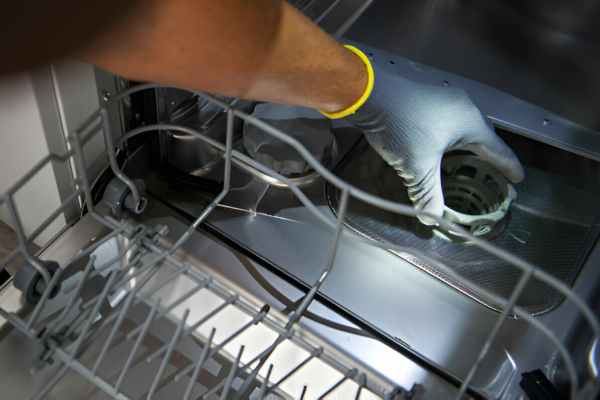
Unplugging the dishwasher may seem like a simple task, but it often goes overlooked in regular maintenance routines. By taking the time to unplug the dishwasher and clean the drain, you can prevent clogs and ensure optimal performance. A clogged drain can lead to issues such as standing water in the bottom of the machine or poor cleaning results.
To clean a Whirlpool dishwasher drain, start by removing any debris or food particles from the filter located at the bottom of the appliance. You can then use a mixture of hot water and vinegar to flush out any remaining residue and eliminate odors. Regularly cleaning the drain will not only improve your dishwasher’s efficiency but also prolong its lifespan, saving you money on repairs in the long run.
Remove the Bottom Rack
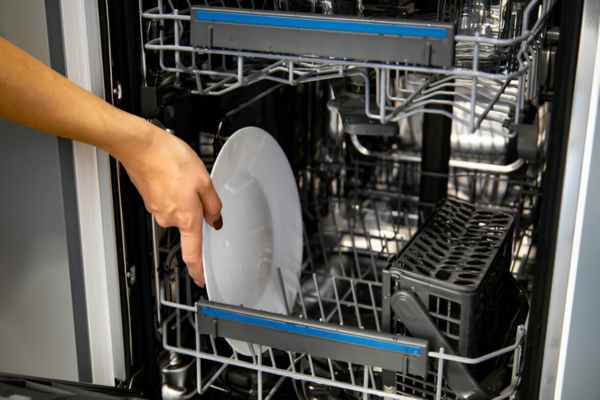
Removing the bottom rack of your Whirlpool dishwasher may seem like a simple task, but it can make a significant difference in the cleanliness of your dishes. By taking out the bottom rack, you not only create more space for larger items on the top rack, but you also gain greater access to the dishwasher’s drain. This allows you to easily clean out any debris or food particles that may be clogging the drainage system, resulting in more efficient dishwashing cycles.
To effectively clean your Whirlpool dishwasher drain, start by removing the bottom rack and inspecting the drain area for any visible debris. Use a soft brush or cloth to gently scrub away any buildup and rinse with hot water. For tougher clogs, consider using a mixture of baking soda and vinegar to break down residue and eliminate odors.
Locate the Drain

Locating the drain in your Whirlpool dishwasher may seem like a daunting task, but with a bit of know-how, it can be quite straightforward. The drain is typically located at the bottom of the appliance, underneath the lower rack. To access it, simply remove the lower rack and look for a round or square filter that covers the opening to the drain.
Cleaning the dishwasher drain is essential to ensure proper functioning and avoid unpleasant odors. Start by removing any debris or food particles that may be clogging the drain. You can use a toothbrush or sponge to scrub away any buildup on the filter and around the opening of the drain. Additionally, running a mixture of vinegar and baking soda through a cycle can help break down grease and eliminate any lingering odors.
Clean the Filter
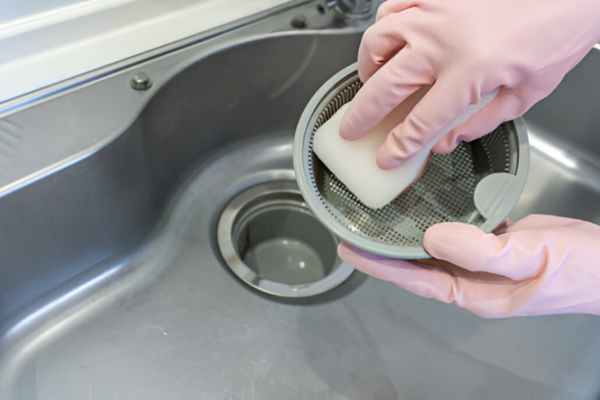
Cleaning the filter in your Whirlpool dishwasher is crucial for maintaining optimal performance and efficiency. A clogged filter can prevent water from draining properly, leading to dishes that are not cleaned effectively. To clean the filter, start by removing the lower rack and locating the filter at the bottom of the dishwasher. Gently twist or lift to remove the filter from its housing.
Once removed, rinse the filter under running water to remove any debris and buildup. For a deeper clean, use a brush or sponge to scrub away stubborn particles. Make sure to check both sides of the filter for any hidden residue that could be affecting drainage. By regularly cleaning the filter in your Whirlpool dishwasher, you can ensure that your dishes come out sparkling clean every time.
Clear the Drain Grate
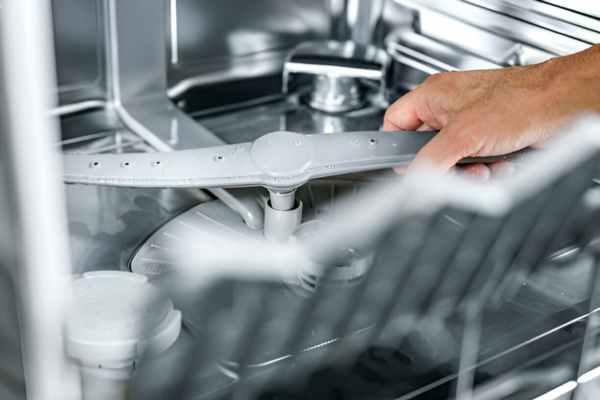
One often overlooked maintenance task for keeping your dishwasher running smoothly is clearing the drain grate. Over time, food particles, grease, and other debris can accumulate in the drain, leading to clogs and unpleasant odors. To clean the drain grate in your Whirlpool dishwasher, start by removing any visible debris by hand. Next, use a mixture of white vinegar and baking soda to break down stubborn residue.
Regularly cleaning the drain grate not only prevents clogs but also ensures that your dishwasher operates at its best capacity. By incorporating this simple task into your cleaning routine, you can extend the lifespan of your appliance and maintain optimal performance. Remember that a clean drain grate is key to efficient drainage during each wash cycle and ultimately leads to cleaner dishes every time.
Use a Baking Soda and Vinegar Solution
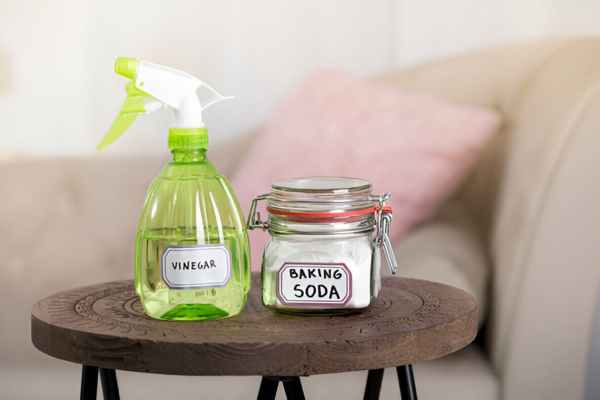
Using a baking soda and vinegar solution can be a game-changer when it comes to cleaning your Whirlpool dishwasher drain. The combination of these two powerful ingredients creates a fizzing reaction that helps break down stubborn grime and food particles, leaving your drain clean and odor-free.
One key tip is to first sprinkle baking soda on the drain, followed by pouring vinegar over it. Allow the solution to sit for a few minutes before rinsing with hot water. This method not only cleans but also helps eliminate any clogs or blockages that may be causing drainage issues in your dishwasher.
Check and Clean the Drain Hose
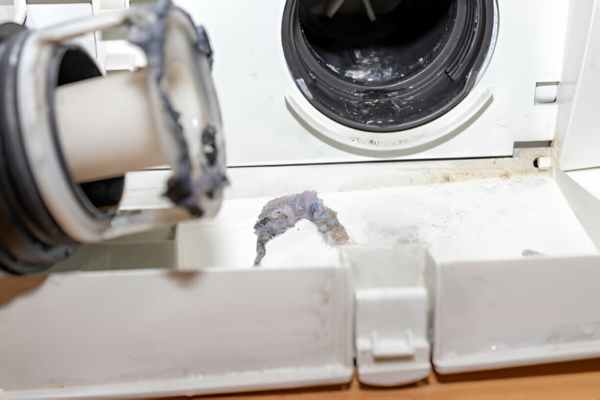
Regular maintenance of your Whirlpool dishwasher drain hose is crucial to ensure optimal performance and prevent potential clogs. Start by checking the hose for any visible debris or obstructions, such as food particles or soap scum. Use a mixture of warm water and vinegar to clean the hose thoroughly, making sure to remove any buildup that may be hindering proper drainage. Additionally, consider using a pipe cleaner or plastic brush to dislodge stubborn blockages and improve water flow.
Use a Plumber’s Snake or Wire

A plumber’s snake or wire is a handy tool to have on hand when dealing with clogged drains, especially in appliances like whirlpool dishwashers. These tools are designed to navigate through the twists and turns of your plumbing system, effectively breaking up and removing any blockages in their path. By using a plumber’s snake or wire, you can avoid costly repairs or replacements by effectively addressing the issue yourself.
One key benefit of using a plumber’s snake or wire is its versatility in reaching deep within the drainpipe to clear out debris that may be causing a backup. This can help restore proper water flow and prevent future clogs from forming.
Run an Empty Cycle with Vinegar

Running an empty cycle with vinegar is a simple yet effective way to clean your Whirlpool dishwasher filter. The acidity of the vinegar helps break down any built-up residue or food particles, preventing clogs and odors. To do this, simply pour one cup of white vinegar into the bottom of your dishwasher and run a full cycle on the hottest setting. This will leave your drain clean and fresh, ensuring optimal performance for your next load of dishes.
Perform Regular Maintenance
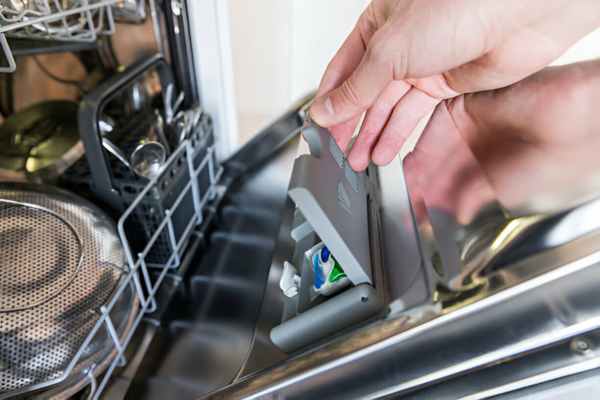
Regular maintenance is crucial for keeping your appliances running smoothly and efficiently. When it comes to a Whirlpool dishwasher, one important task is cleaning the drain to prevent clogs and odors. To clean the Whirlpool dishwasher drain, start by removing any food debris or objects that may be blocking the drain. Next, use a mixture of hot water and vinegar to flush out any remaining residue. For stubborn clogs, you can also use a pipe cleaner or plumber’s snake to dislodge the blockage effectively.
What signs indicate dishwasher drain issues?
There are several signs that may indicate dishwasher drain issues. One common sign is water pooling at the bottom of the dishwasher after a cycle, which could be caused by a clog in the drain hose or filter. Another indication is a foul odor coming from the dishwasher, which may suggest that food particles or debris are stuck in the drain system. Additionally, if you notice that your dishes are not getting cleaned properly or there is still soap residue on them after a cycle, it could be due to drainage problems.
How remove debris from dishwasher drain?
To remove debris from a dishwasher drain, you can start by unplugging the dishwasher and locating the drain. Next, remove the bottom rack and any visible debris that may be blocking the drain. You can use a wet-dry vacuum or a plumber’s snake to carefully remove any remaining debris that is causing the blockage.
Another method is to mix equal parts of baking soda and vinegar and pour it down the drain. Let it sit for about 15 minutes before flushing it with hot water. This can help break down any grease or food particles that are clogging the drain. Regularly cleaning your dishwasher filter and running a maintenance cycle with a dishwasher cleaner can also prevent future buildup in the drain.
The Final Thought
Keeping the drain of your Whirlpool dishwasher clean is essential for its optimal performance and longevity. By following the simple steps outlined in this article, you can effectively remove any debris and buildup that may be causing drainage issues. Regular maintenance and cleaning of the drain will help prevent clogs and ensure that your dishwasher runs smoothly. Remember to check the drain regularly and perform these cleaning steps as needed to maintain a clean and efficient appliance.
